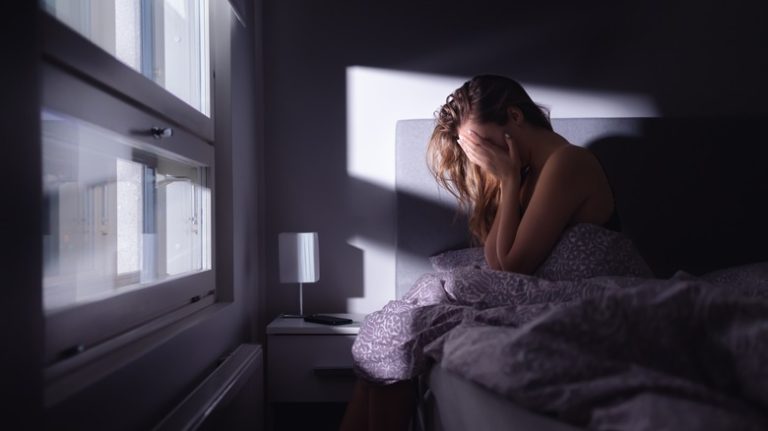If you have trouble falling asleep at night, you’ve probably tried a few sleep aids along the way to try to get a good night’s sleep. While white and pink noise are often recommended for insomnia and other sleep problems, brown noise may be an even better remedy.
Named after Robert Brown, a botanist who discovered brownian motion in the 1800s, brown noise consists of higher energy at lower frequencies, making it deeper in sound than either white or pink noise (via Bustle). Due to its deep bass tones, brown noise resembles the sound of a strong waterfall or the crashing of ocean waves.
White noise, on the other hand, is spread across all frequencies and sounds more like static, while pink noise has more energy at lower frequencies compared to white noise and often sounds like rain or rustling leaves. Brown noise is essentially a deeper version of pink noise.
Is brown noise better than white or pink noise?

While there isn’t enough scientific research to determine the effectiveness of brown noise has on sleep, there is enough anecdotal evidence to suggest that brown noise is calming and can induce sleep (via Well+Good). For those that think white noise is too shrill, the lower-toned sound of brown noise is a welcome alternative.
In the end, however, it all comes down to personal preference. Since every color-identified noise has its own frequency and pitch, some people might prefer the higher frequency of white noise over the lower frequency of brown noise, or vice versa.
“People are going to choose a sound simply on what they like,” Dr. Rafael Pelayo, a clinical professor at Stanford University’s Sleep Medicine Division, told Real Simple. “Once people settle into a sound spectrum that they like, they stick to it.” If you’re looking to find the right noise for you, you can use the free sound app SimplyNoise or invest in a sound machine with different noise options.




